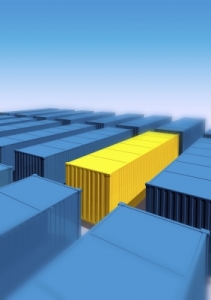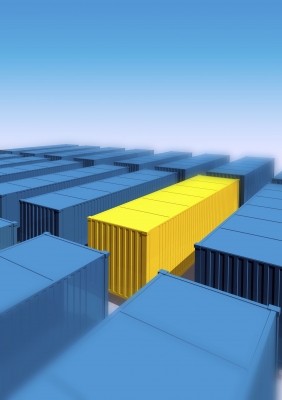 Shipping lines welcomed the opening of Manila International Container Terminal’s (MICT) Berth 7, now being used for empty containers.
Shipping lines welcomed the opening of Manila International Container Terminal’s (MICT) Berth 7, now being used for empty containers.
Association of International Shipping Lines (AISL) president Patrick Ronas told PortCalls on the sidelines of the Port Users Confederation’s (PUC) Ports Summit on November 17 they are “very happy” with the opening of the new area for empties for repositioning.
Ronas said vessels that dock in Berths 5 or 6, where bigger ships go, can now dock in Berth 7 to get their empties.
Christian Gonzalez, vice president and head for the Asia region of MICT operator International Container Terminal Services, Inc. (ICTSI) who was also at the Ports Summit, said that since Berth 7 opened last November 1, it has led to empties being loaded onto about 10 to 15 vessels, leading to improved conditions at Manila ports over the last four weeks.
He said 1.7 hectares of the facility has been completed, capable of storing 2,000 twenty-foot-equivalent units (TEUs). One hectare is being developed weekly, and once the facility is completed and the “grave” situation at the port has been eased, Gonzalez said full development of Berth 7 can begin. Berth 7 covers a total area of 10 hectares.
Cabuyao depot
Meanwhile, Gonzalez said about 6 hectares of the 21-hectare inland container depot of ICTSI in Cabuyao, Laguna has been paved, and the first phase of the facility will be operational by February 2015.
During his presentation at the summit, Gonzalez said the port operator is looking at another empty depot in Cavite and “talking with some partners in Japan to help us do it.”
The depots will “help us coordinate the movement of the trucks between our multiple facilities,” Gonzalez added.
The problem with empty containers ensued from the Manila truck ban, said Gonzalez, which initially disallowed the return of empties during the day. The port executive said this “created chaos” within one month, as empties sitting around Metro Manila surged to 35,000 TEUs from between 21,000 and 22,000 TEUs pre-truck ban.
He pointed out that adding capacity to container depots cannot be done immediately.
Empty containers piled up at container terminals more quickly than depots since “it was always easy to manage depots in the Port of Manila”, Gonzalez said, and because “depots are normally non-container terminal operators.”
Ronas of AISL admitted that while “it’s our (shipping lines’) responsibility” to look for depots since containers are part of lines’ equipment, he said it is not their core business to put up their own depot.
“That’s why you have depot operators,” he added, noting that depot operations have different demands from what shipping agents usually provide.
Ronas said they leave the care of empty containers to depot operators since they are the ones that know container repair, maintenance and checkup. – Roumina Pablo
Image courtesy of Vctor Habbick at FreeDigitalPhotos.net





